Originally published in The Complete Road & Track ’97 Car Buyer’s Guide; republished by the author
Back in the mid-60’s, a serious sports car had to have its engine in the middle. Lots of reasons were cited for this, things like weight distribution and polar moment of inertia. Mostly it was because race cars were mid-engined; if it’s good for the track, it’s good for the road. Thus we saw the likes of the Porsche 914, Fiat X1/9, Ferrari’s Dino, 308 and Boxer, the Lamborghini Miura, Countach and Diablo, and don’t forget the Pontiac Fiero and Toyota MR2. Most are now gone, victim of their sporting ability, their impracticality and ultimately their low sales.
And if a car’s life is based solely on sales, the Acura NSX should be gone as well. A mere 884 were sold in the US in 1995, admittedly the pool of possible buyers at $80,000 is fairly restricted, but the NSX is a bargain compared to Ferrari F355, which starts at over $120,000. And isn’t the NSX just as exotic? A mid-engined two-seater built by a factory with an extensive competition heritage including IndyCar and Formula 1 racing.
The NSX is the world’s first all-aluminum production automobile, and it’s powered by a technical marvel as an aluminum V-6 with titanium connecting rods, dual overhead cams and four valves per cylinder, the latter controlled by Hondas VTEC – Variable Valve Tuning and Lift Electronic Control system. With VTEC optimized valve timing and a dual-stage Plenum, this normally aspirated V-6 has a broad torque curve and comes close to developing the magical 100 bhp/liter. A five-speed manual transmission is standard; a Formula 1-inspired “SportShift” automatic (which is controlled by a small lever behind the steering wheel) is optional.
Double-wishbone suspension with arms of forged aluminum, is used front and rear. Handling is as close to a racecar as you’ll ever get. Four-wheel vented disc brakes with dual-piston calipers and four-channel ABS are standard. Forged-aluminum wheels are not only wider in the rear but taller too, 17×8.5 compared to 16×7 in the front.
Is that exotic? Sure, sales sagged anyway, so Acura added a targa-top option in 1995. The lightweight – 19-lb. – aluminum panel stores easily and securely, sandwiched in the engine cover.
The NSX also has many luxury accoutrements, including leather trimmed upholstery, a Bose audio system and automatic climate control. Power mirrors, windows and locks are standard, as is cruise-control and pre-wiring for a CD changer. But the real appeal is how the NSX goes, corners and stops. The NSX not only produces impressive numbers, but does so easily. The forward seating position makes even a trip to the mall feel like driving Watkins Glen in a sports prototype. Better yet, it is as drivable as a Honda Civic in stop-and-go traffic.
Nevertheless, the NSX suffers from a classic mid-engined sports car complaint: there’s only 5 cu ft of cargo space. And the NSX is 3.0-liter V-6 produces a “mere” 275 hp. That was enough to wow buyers when the NSX was introduced back in 1990, but now even Mustangs and Camaros make more ponies. So in January 1997, Acura will release the 1997 NSX with, you guessed it, more horsepower. Our sources in Japan say an increase in displacement to 3.2 liters is highly probable, which makes 300 bhp distinct possibility. The NSX is not only the best exotica per dollar value around, but in January it may be atop the performance throne as well. And it certainly looks as if it’s here to stay.
Addendum: The 1997 Aciura did get a bigger engine, though the output of the 3.2-liter version was 290 bhp instead of the hoped for 300. Life can be hard. Those opting for automatic had it even harder; Acura kept the 3.0 liter displacement for the automatic-equipped NSX. Output was limited to 252 bhp.
The list price for the 1996 Acura NSX was $79,500, the NSX-T tagged at $83,500, and in 1997 jumping to $84,000 and $88,000 respectively. Classic.com auction record shows NSX averaging about $100,000 with what must have been a very special one hammered down at $291,000 RM Sotheby’s in Monterey in 2023.






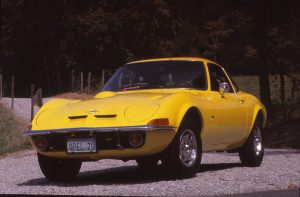
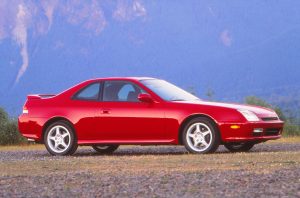

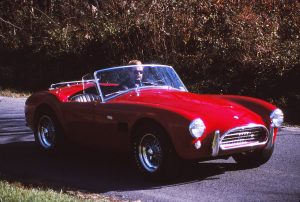

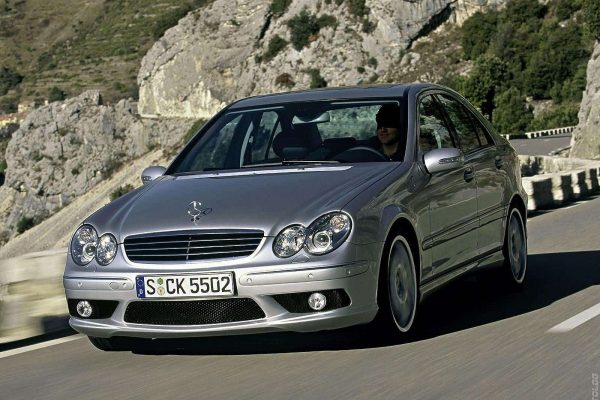
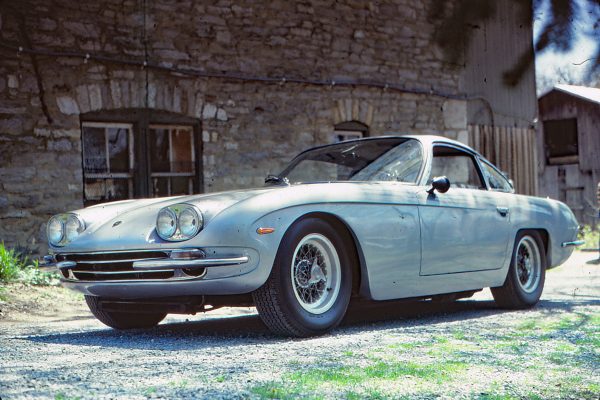
What Do You Think?
You must be logged in to post a comment.